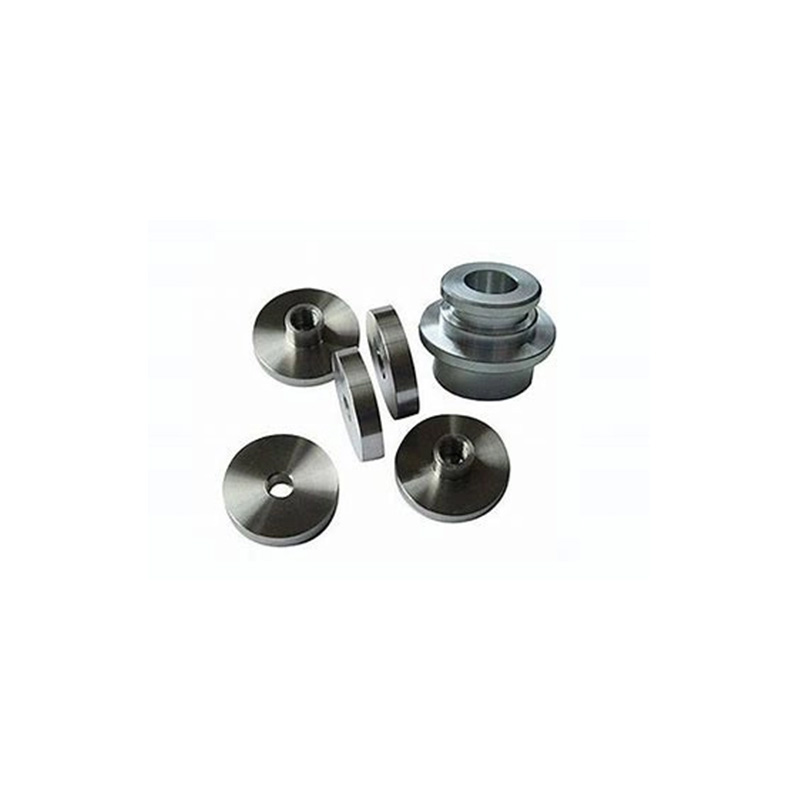
Ever wonder why some manufacturers consistently deliver flawless precision CNC turned parts while others struggle with defects? The difference often lies in hidden technical strategies. Let’s uncover these game-changers.
Choosing the wrong alloy is like building on quicksand. For aerospace applications, we’ve seen titanium (Grade 5) reduce part failure by 40% compared to aluminum alloys under extreme stress. Medical implants? 316L stainless steel’s corrosion resistance is non-negotiable.
| Criteria | Titanium | Stainless Steel (316L) |
|---|---|---|
| Strength-to-Weight Ratio | Superior | Moderate |
| Corrosion Resistance | Excellent | Excellent |
| Machining Difficulty | High (requires specialized tools) | Medium |
| Cost per Kilogram | $$$ | $$ |
A mirror finish isn’t just about looks. In hydraulic systems, surface roughness below 0.4μm Ra prevents fluid leakage. We achieved this using diamond-tipped tools at 3,000 RPM with flood coolant. Pro tip: Vibratory tumbling adds corrosion resistance without changing dimensions.
±0.005mm tolerances sound impressive, but they’re overkill for most applications. Precision CNC turned parts for consumer electronics typically need only ±0.02mm. Our team found that relaxing tolerances where possible cut production costs by 18% without impacting performance.
Conventional toolpaths waste motion. High-efficiency machining (HEM) strategies reduce cycle times by 30%. Here’s our battle-tested 5-step approach:
In 2025, we caught a subtle dimension drift in automotive sensor housings using statistical process control (SPC). Real-time monitoring revealed a 0.002mm tool wear trend over 500 parts. Catching this early saved $47k in potential recalls.
Design for manufacturability (DFM) is your secret weapon. Reducing undercut features in connector pins cut our machining time per unit from 8.5 to 6.2 minutes. That’s 27% productivity gain! Precision CNC turned parts don’t have to break the bank.
Aerospace demands traceability. Medical requires biocompatibility. Our solution? Laser-etched QR codes on surgical instrument components that track material certs and processing history. This dual-purpose approach satisfies both ISO 13485 and AS9100 requirements.
Industry 4.0 isn’t coming—it’s here. Smart factories using IoT-enabled machines report 22% fewer unexpected downtimes. Consider retrofitting older CNC lathes with vibration sensors. They predict bearing failures 3 weeks before catastrophic failure.